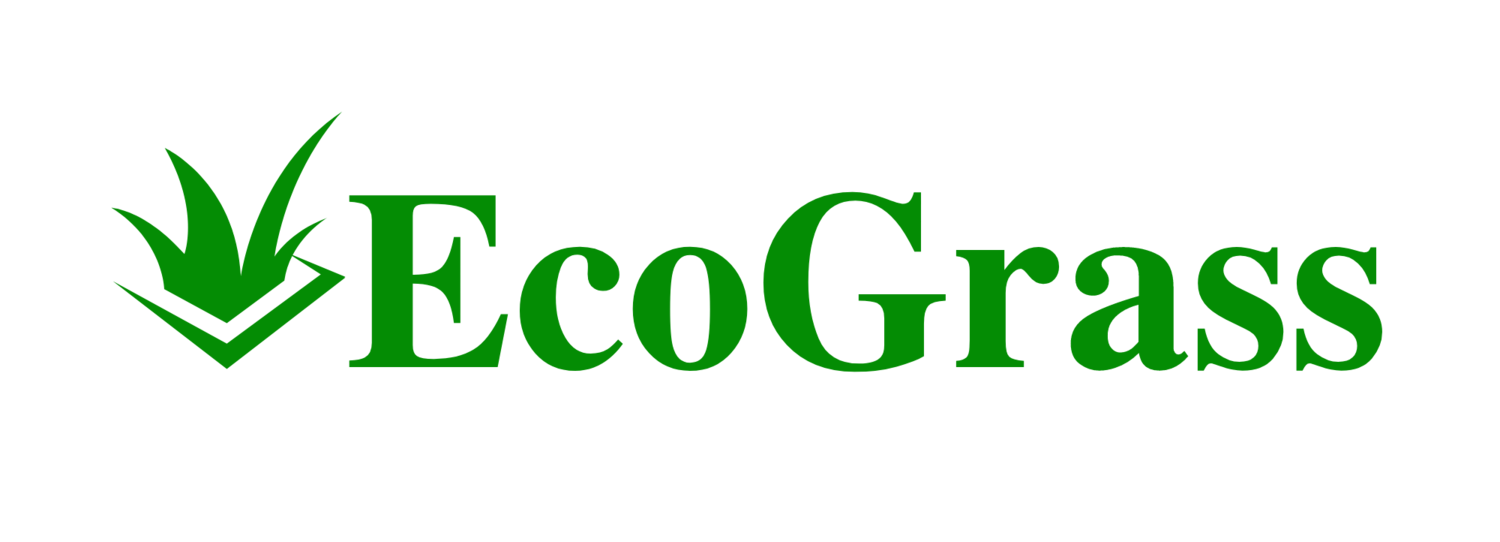Artificial grass between pavers can significantly enhance the aesthetics and functionality of your outdoor spaces. Installing synthetic turf in the gaps not only creates a seamless blend of lush greenery with the structured elements of pavers but also reduces maintenance efforts. You benefit from the enduring vibrancy of artificial grass without the need for watering, mowing, or dealing with pesky weeds that traditionally sprout up in those hard-to-reach spots between stones.
When considering artificial grass for your patio or walkway, the key to a successful installation is in the preparation. Ensuring that the ground beneath is properly leveled and compacted provides a stable base for both the pavers and the artificial turf. Laying the grass requires precision—measuring the space between pavers accurately and cutting the grass to fit snugly, avoiding both overcrowding and unsightly gaps.
The choice of artificial grass and installation techniques will influence the final appearance and longevity of your project. High-quality synthetic turf may come with a higher price tag but can offer a more realistic look and feel, as well as durability in the face of foot traffic and weather conditions. With careful planning and attention to detail, you can create a beautifully integrated surface that mixes the charm of natural elements with the convenience of modern materials.
Planning and Preparation
Proper planning and preparation are essential steps when integrating artificial grass between pavers to ensure longevity and visual appeal. From measuring and choosing the right materials to understanding the installation process, each step contributes to the success of your project.
Measuring and Materials
To start your project, accurately measure the area where the artificial grass will be installed. You'll need:
Measuring tape to determine the length and width between pavers
Quantity of artificial grass based on these measurements
Select base material such as crushed stone or coarse sand for drainage
Prepare to purchase a little extra material to account for cutting and fitting during the installation process.
Choosing The Right Artificial Grass
The type of artificial grass you select should reflect the design considerations and foot traffic of your outdoor living space. Look for:
Durability: Tough grass fibers that can withstand wear
Visual Appeal: Grass that complements your pavers and landscape
Height: Choose fibers that are not too tall to prevent a tripping hazard and ensure a natural look between pavers
Sub-Base Installation
A stable sub-base is critical for artificial grass installation. Follow these steps:
Remove topsoil to a depth of at least 4 inches to prevent sinking and ensure proper drainage.
Lay down a layer of landscape fabric to prevent weeds.
Fill with base material (sand or dg - decomposed granite), then compact it using a plate compactor until the sub-base is firm and level.
Tools and Equipment
You will need specific tools for efficient execution. Ensure you have the following:
Shovel for removing soil and spreading base materials
Rake for smoothing the sub-base
Plate compactor for compacting the base material
Hammer and nails or glue for securing edges of the artificial grass
Sharp knife or box cutter for cutting grass to fit around pavers
Design Considerations
When designing your outdoor space, consider:
The alignment and spacing between pavers for consistency and visual symmetry
The compatibility of artificial grass color and texture with your pavers and surrounding landscape
Ensuring the sub-base provides proper drainage to prevent water pooling
Remember, the more accurate your planning and preparation, the more seamless your artificial grass and paver integration will be.
Installation and Maintenance
Installing artificial grass between pavers requires precision and attention to detail to ensure a seamless and attractive finish. Regular maintenance thereafter will enhance the durability and appearance of your green space.
Securing Artificial Grass and Pavers
Before installing artificial grass, ensure proper drainage by preparing the ground and installing a sub-base. Once the ground is ready, roll out the turf and allow it to acclimatize; this is crucial for easy installation. To secure the grass, nail or glue it down at the edges, making sure it's flat against the surface. Nails should be placed about ¾ of the way down from the turf's edge, but avoid nailing too close to the pavers themselves to prevent visibility and tripping hazards.
Cutting and Fitting Grass Strips
With the turf in place, use a sharp utility knife to cut and fit the grass strips around pavers. Cut slowly and precisely, leaving a small gap — ideally about an eighth of an inch — to prevent the grass from bunching up against the pavers. For seamless joints between turf strips, secure together with seam tape or an appropriate adhesive.
Infill and Finishing Touches
After cutting and securing the turf, spread silica sand or another suitable infill across the grass to hold it down, add ballast, and keep fibers upright. Use a stiff brush or broom to evenly distribute the infill, ensuring that it sinks to the base of the turf. This step also aids in providing a natural look and feel to your artificial grass.
Long-Term Care and Durability
Artificial grass offers a low-maintenance landscaping solution but still requires care to combat wear and tear. Regularly clean debris with a leaf blower or by hand wearing gloves. Perform periodic brushing to keep the fibers upright and avoid compaction. With proper installation and maintenance, your artificial turf should remain durable and aesthetically pleasing for years to come.

